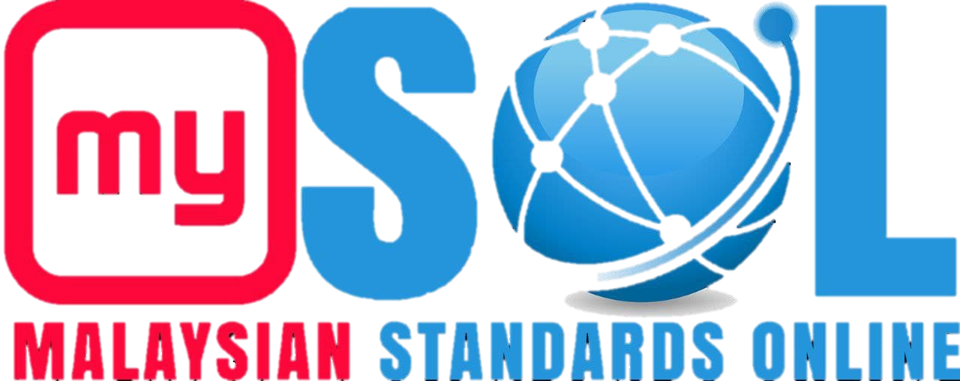Palm methyl esters (PME) diesel vehicle - Laboratory and on-road test procedures
MS 2723:2022Status : Original
Format : PDF
This Malaysian Standard specifies the requirements and guidelines for palm methyl esters (PME) diesel vehicle test procedures, which includes laboratory ....Read more
Motor vehicle – Sales – Requirements
MS 2725:2021Status : Original
Format : PDF
This Malaysian Standard specifies requirements for motor vehicle sales including the responsibility with regards to the management system requirements o ....Read more
Next Generation vehicle (NxGV) – Terminology, definition and levels of Autonomous, Automated and Connected vehicle (AACV)
MS 2730:2021Status : Original
Format : PDF
This Malaysian Standard specifies terminology and definition used for Next Generation vehicle (NxGV) with respect to autonomy and the conduct of automated driving system. It applies to motor vehicle categories (M and N) as classified in accordance with MS 1822.
Electric vehicle conductive charging system – Part 24: Digital communication between a d.c. EV charging station and an electric vehicle for control of d.c. charging (IEC 61851-24:2014, IDT)
MS IEC 61851-24:2021Status : Original
Format : PDF
This part of IEC 61851, together with IEC 61851-23, applies to digital communication between a d.c. EV charging station and an electric road vehicle (EV ....Read more
Electric vehicle conductive charging system – Part 23: DC electric vehicle charging station (IEC 61851-23:2014, IDT)
MS IEC 61851-23:2021Status : Original
Format : PDF
This part of IEC 61851, together with IEC 61851-1:2010, gives the requirements for d.c. electric vehicle (EV) charging stations, herein also referred to ....Read more
Electric vehicle conductive charging system – Part 21-2: Electric vehicle requirements for conductive connection to an AC/DC supply – EMC requirements for off-board electric vehicle charging systems (IEC 61851-21-2:2018, IDT) (First revision)
MS IEC 61851-21-2:2021Status : 1st Revision
Format : PDF
This part of IEC 61851 defines the EMC requirements for any off-board components or equipment of such systems used to supply or charge electric vehicles ....Read more
Electric vehicle conductive charging system – Part 21-1: Electric vehicle on-board charger EMC requirements for conductive connection to an AC/DC supply (IEC 61851-21-1:2017, IDT) (First revision)
MS IEC 61851-21-1:2021Status : 1st Revision
Format : PDF
This part of IEC 61851, together with IEC 61851-1:2010, gives requirements for conductive connection of an electric vehicle (EV) to an AC or DC supply. ....Read more
Electric vehicle conductive charging system - Part 1: General requirements (IEC 61851-1:2017, IDT) (First revision)
MS IEC 61851-1:2021Status : 1st Revision
Format : PDF
This part of IEC 61851 applies to EV supply equipment for charging electric road vehicles, with a rated supply voltage up to 1 000 V AC or up to 1 500 V ....Read more
Water quality - Sampling - Part 21: Guidance on sampling of drinking water distributed by tankers or means other than distribution pipes (ISO 5667-21:2010, MOD)
MS ISO 5667-21:2017 (CONFIRMED:2025)Status : 1st Confirmation
Format : PDF
This part of MS ISO 5667-21 establishes principles to be applied to the techniques of sampling water provided for drinking and for use in the manufacture of food and beverage products.
....Read more
Energy efficient vehicle (EEV) – Requirements
MS 2722:2021Status : Original
Format : PDF
This Malaysian Standard specifies the requirements of motor vehicle fuel consumption for energy efficient vehic ....Read more (EEV). It applies to motor vehicle categories (L, M and N) as classified in accordance with MS 1822
